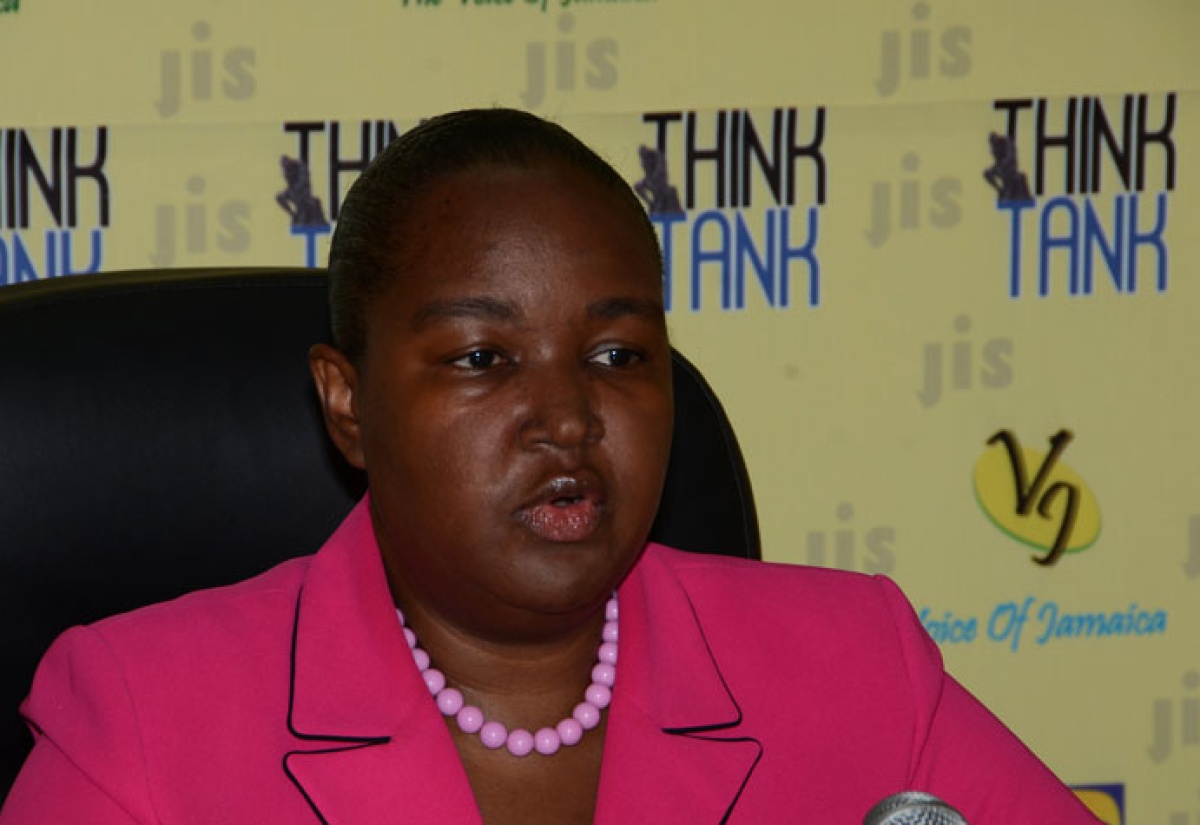Education Ministry Urges Schools to Prepare Students for Curriculum
By: , September 24, 2013The Key Point:
The Facts
- Schools are asked to review previous Grade Six Achievement Test (GSAT).
- GSAT profiles and sub profiles should be utilized to determine the areas of focus.
The Full Story
A month into the new academic year, the Ministry of Education is appealing to schools to ensure that students are being prepared at all levels to access the relevant curriculum.
Intervention guidelines have been provided by the Ministry of Education to assist the schools with this process. For students in Grade One, the Grade One Individual Learning Profile (GOILP) was again implemented to aid teachers to get a full understanding of the abilities and levels of the students, in order to design strategies for instruction.
Speaking to JIS News, Chief Education Officer at the Ministry, Mrs. Grace McLean, said that GOILP was designed to determine the strategies for instruction at the Grade One level and to also determine the appropriate learning environment, based on the needs of the students, which include the layout of the classroom, as well as the focus and attention that will be required for each student.
The GOILP, she said will be “enhanced by the Performance Proficiency Pathway, which is one of the several components of the Ministry’s accountability system implemented in 2010, to ensure that system outcomes are achieved and employees at all levels are accountable.”
Teachers for Grades Two and Three are being encouraged to use students’ reports from Grade One and Grade Two in the schools to help determine their level of performance and the areas on which special emphasis should be placed.
The Grade Three Diagnostic Test should be used as a tool to assess the performance level of the Grade Four students and determine their starting point.
“This year is a critical one for the students in Grade Four who will be preparing to sit the Grade Four Literacy and Numeracy tests in June 2014. As a consequence, it is important to identify the students who are performing below the required level and provide all the support they require through collaboration with parents and other stakeholders to bring them up to the required level,” the Chief Education Officer said.
Students in Grade Five should be assessed based on their performance in the Grade Four Literacy and Numeracy examinations. Emphasis should be placed on those who are at the ‘non mastery’ and ‘near mastery’ levels. In addition, results from the students’ Grade Four reports should also help to determine areas of focus.
Meanwhile, for Grade Six students, schools are asked to review previous Grade Six Achievement Test (GSAT) results to determine the areas of weakness based on students’ performance.
According to Mrs. McLean, these areas should be reviewed and strategies employed to provide greater attention for the respective learning needs. Continuing, she said that research has shown that where curricula are modified to reach individual needs of students and where teachers constantly adjust methodologies and practise differentiation techniques, students’ performance typically improve.
For Grade Seven students, GSAT profiles and sub profiles should be utilized to determine the areas of focus that would be necessary for teachers before moving on to the Grade Seven curriculum.
Mrs. McLean noted that Grade Nine is a defining year for students. “Emphasis should be placed on students’ career pathways and ultimately the options they will be exposed to in Grade 10. At this level, subject selections should be based on their career path, interest, aptitude and abilities,” she said.
“As Grades 10 and 11 students prepare to exit the secondary school system they must be equipped with the necessary competencies that will prepare them for future studies or the world of work,” the Chief Education Officer said.
In light of this, she advised that secondary schools should ensure that the pathway for each student is documented, so it can be used systematically in measuring their progress and ultimately the overall performance of the school. The Caribbean Secondary Examination Council (CSEC) profiles should also be used along with subject reports from Caribbean Examination Council (CXC), to assist in the preparation of students at this level, she noted.
Mrs. McLean is imploring the schools to focus on the performance of students and to seek to deliberately cater to the students’ individual needs in preparing them for adulthood.


